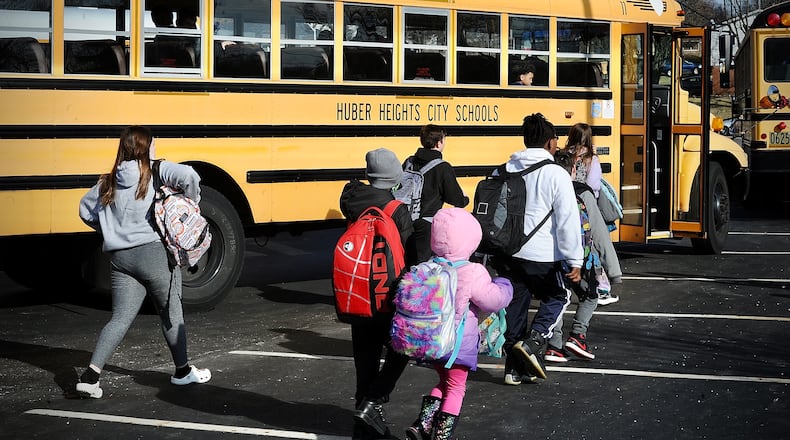The decisions followed a November work session discussion among Enix, the school board and Treasurer Penny Rucker, regarding the state of the district’s finances. This discussion was held one week after the district submitted its 5-year forecast to the state, which outlines past, present, and upcoming budgetary and spending details.
The levy the district plans for the May election would be a new (additional) tax that would generate $6.9 million per year for a period of five years, first due in 2024.
Rucker said even if an emergency levy is approved by voters in May, the district will need to make at least $1.7 million in cuts within the next year in order to stay in good financial standing. If a levy is not passed in May, this number could rise to a total of $5 million in the next year, she said.
But according to the five-year forecast, the district has $59.2 million in the bank. This equals about 75% of one year’s expenses, which is about double the statewide average, according to a recent Dayton Daily News study.
Rucker says annual deficit spending for Huber Heights schools was at $3.56 million last school year and is projected to “continue exponentially” over the next five years, potentially depleting the district’s cash reserves quickly.
Given that salaries and benefits make up close to 85% of the district’s general fund expenditures, any significant cut to the budget would likely have to include staff downsizing. No concrete decisions regarding cuts have been made.
Enix said in November that the board needs to determine where priorities lie when considering what to cut from the budget.
“Everything we do has a long-term impact,” he said.
The Ohio Department of Education has said that school five-year financial forecasts are as much an art as they are a science. Huber’s forecast projects a rapidly draining cash balance because they project revenue to drop this school year and then stay lower all the way through 2026-27, while projecting spending to increase by roughly $4 million each year from 2024-27.
In the past three years, the district’s annual revenue has been steady, between $72.4 and $73.7 million. But the district’s new five-year forecast projects that number dropping to $70 million each of the next five years. Rucker cited uncertainty with the state budget as the reason for her lower projection.
“It’s a new biennium and we are hearing that legislators are not interested in funding the formula any further, therefore, we are keeping the revenue flat (in the forecast),” she said.
Expenditures in the district rose by $5.5 million in 2021-22, to $76 million. Rucker said that was largely due to pay increases of 2.5%, along with a $1 per hour raise for staff. The district projects spending to dip to $74.4 million this year before starting that $4 million per year climb.
The district received just under $18.5 million in federal COVID relief money the past few years, which Rucker said largely went toward salaries and benefits tied to initiatives on learning loss and student support, along with construction of career technology learning classrooms.
Credit: Contributed
Credit: Contributed
About the Author


